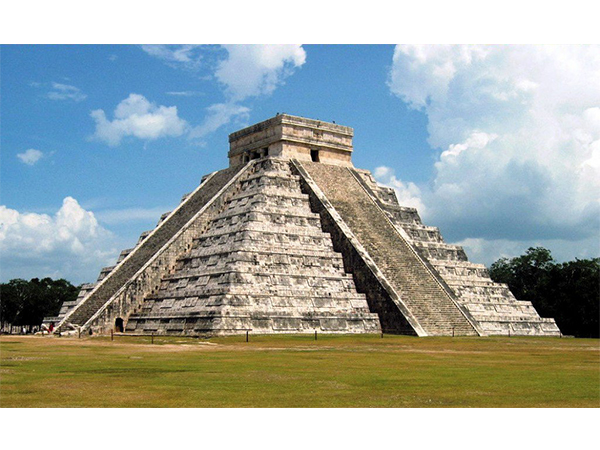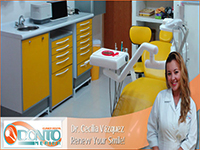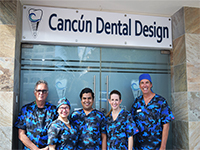Mexico - An Enigmatic Dental Destination

Introduction
Mexico shares its frontier to the north with the United States, which is why Mexico is the go-to-place for a quick, affordable dental treatments. The population is a blend of Indigenous peoples and European migrants. 82% of the population is Roman Catholic. The official language is Spanish, with a third of the population unilingual. European and America expatriates create pockets of English, French and German speakers. English is common in international business, and at holiday resorts where tourists congregate.
Much of north and central Mexico are at elevations of up to five thousand feet. North of the Tropic of Cancer, a temperate climate brings cooler winter temperatures. By contrast, the lower-lying southern region experiences warmer winters and summer hurricanes.
Landline penetration is low outside of cities because of the terrain. However, 82% of Mexican teenagers and adults use mobile technology. A domestic satellite system connects to one hundred and twenty earth stations, ensuring that radio, television and internet are widely available.
The higher academic education system follows the American model, with at least four years at bachelor level, followed by two elective postgraduate years perhaps leading to three-year doctorates. This corresponds to the European Union Bologna Process, and facilitates migration to European universities provided there is reciprocity. The three highest-ranked universities are the Universidad Autónoma Metropolitana (Mexico City), the Universidad de Guadalajara (Guadalajara), and the Universidad Nacional Autónoma de México (Mexico City). All of these have faculties of medicine, dentistry& health, arts & humanities, business & social sciences, language & cultural studies, engineering, and science & technology. Proximity to the United States means that many American medical professionals are educated in Mexico and vice-versa. Health care is generally equivalent to the American standard, with local hospitals and dental clinics equipped to latest equipment and hygiene standards. Mexican healthcare may be 75% cheaper on the exchange rate. However, it is arguably equally as good.
Mexican Dental Industry
Registration and oversight of dentists falls within the remit of the Asociación Dental Mexicana (or Mexican Dental Association). This non-profit body issues certificates of technical compliance and good standing. These and reciprocity with its American counterparts are an assurance of world-class dental service services.
Dental Travel Services supports these efforts by networking with Asociación Dental Mexicana - registered dentists throughout country, where world-standard implant, veneer, crown and bridge treatments are available at affordable prices thanks to favorable exchange rates. Our processes are efficient and fast. Once you get there, you will find everything ready and waiting for you.
Getting There
The country has many modern airports. Benito Juárez International Airport (MEX) is the second-largest Latin American hub. Over thirty million passengers fly in annually from approximately one hundred international departure points. It connects to a further two hundred and twenty regional facilities. Those adjacent to urban centers benefit from a variety of airport-to-city transport choices.
Visitor Highlights
According to the World Tourism Organization Mexico is the most visited American country after the United States. Its most notable attractions include enigmatic mesoamerican ruins, spectacular nature reserves, sun-soaked beaches as good as any, and vibrant city festivals with street parades. There is so much to see and do in this diverse country that we prefer not to make firm recommendations. We recommend you click through to the official Visit Mexico website, and let your imagination roam free there.






